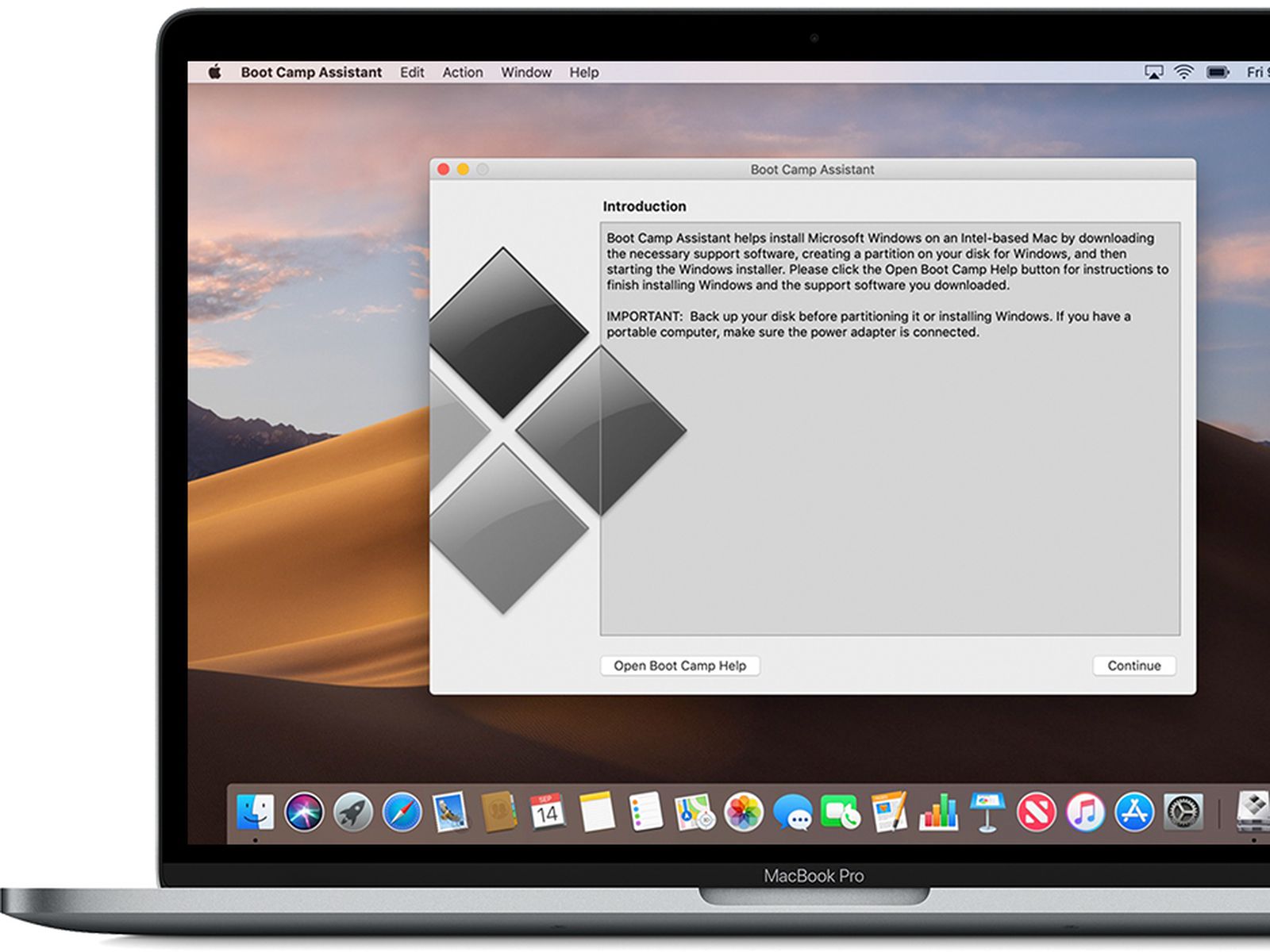

What sets the Windows experience apart from any virtualization software is that users can take full advantage of their hardware in every possible way, the Retina display included, so long as you agree to allocate at least 40GB of space on the startup disk for this operating system. Apple's multi-boot utility – which has been included with the Mac operating system since OS X 10.5 Leopard – guides users through installing Windows on Intel-based Macs, and it's actually pretty easy to get started if all the necessary components are in place. There is another way to take the Windows experience to the next level: run it on a Mac using Boot Camp. Requires at least 40GB of allocated space.Once complete, simply restart your Mac with the USB drive inserted to boot into Windows 10. The app will then guide you through the steps of downloading an official Windows 10 ISO and burning it to your USB drive. From there, you can select the “Create Bootable USB” option from the main menu. Once installed, connect your USB drive to your Mac and launch PassFab 4WinKey. To get started, simply download and install the software on your Mac. Creating a Windows 10 Bootable USB on Mac Without BootCampĬreating a Windows 10 bootable USB on Mac without BootCamp is quick and easy with PassFab 4WinKey. Even if you set Windows as the default operating system, you can still access and use macOS whenever you want by simply restarting your Mac and selecting macOS at startup. You will have the option to set either macOS or Windows as the default operating system. After you install Windows on your Intel-based Mac uing the Boot Camp Assistant, you will be able to choose which operating system to use when you turn on or restart your Mac. Yes, you can still use macOS with Boot Camp.


 0 kommentar(er)
0 kommentar(er)
